In the last few years, more and more Britons have discovered what other Northern Europeans have known for some time; Tenerife is a cracking destination for those of us who like to pull on the walking boots and head into the great outdoors.
There are surprises in store for visitors who explore the network of ancient goat trails and merchants' trading paths that lead to the depths of Tenerife's rural heartlands as well as the most remote corners of the sunny, sub-tropical island.
These are some of the highlights of Tenerife's walking scene.
Out of this world, Teide National Park
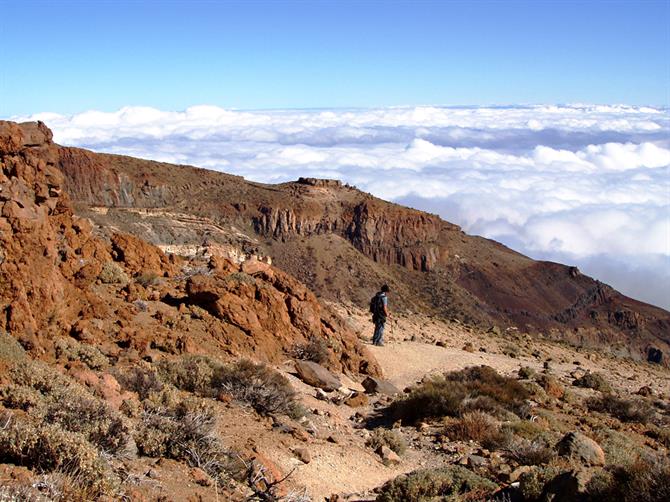
Nearly everyone who visits Tenerife is wowed by one of the most unusual places on the planet. This is a punk landscape – like someone had a party and trashed nature. If you believe the folklore of the island's original inhabitants, the Guanches, that's more or less what happened. The devil who lived inside Mount Teide (the unmissable centrepiece of the park, Tenerife and the whole Canarian archipelago) had an explosive temper, with a penchant for hurling boulders about the place and spitting out streams of molten lava to create an abstract world.
The area around the cable car and Tenerife's Parador teems with visitors throughout the day, but take off on any of the paths that dissect the huge crater and you'll soon have this violent and ruggedly handsome world to yourself. You don't have to be Sir Ranulph Fiennes to enjoy the best of the park. Climbing Mount Teide is a challenge to be undertaken by seasoned walkers, yet many routes in the park meander relatively easily along the crater floor through a bewildering landscape where herds of grazing diplodocus wouldn't look at all out of place.
The atmospheric Anaga Mountains
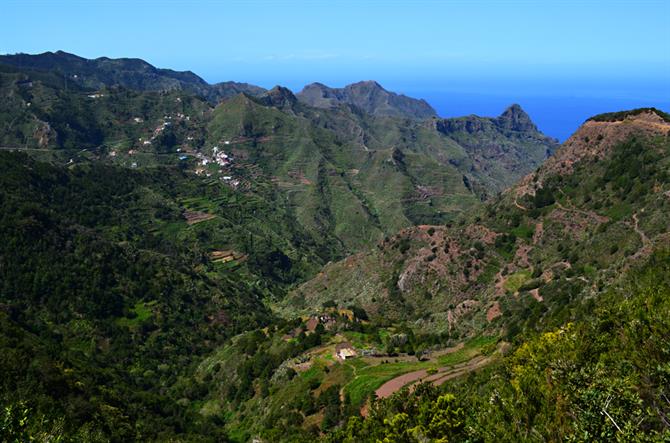
One of the oldest areas of Tenerife is one of the least visited by tourists. The north eastern chunk of Tenerife is too far away from the southern resorts to entice most visitors and narrow roads branching off to tiny hamlets are too small for coach excursions. Subsequently, traditional life in much of Anaga is preserved. Deep and steep ravines covered in thick forest, some of which is ancient laurisilva (the same as La Gomera's Garajonay National Park), make walking here exhilarating and a testing work out for the thighs.
If anywhere on Tenerife is going to astound people who think of the island as over developed for tourism, it's the Anagas. The scenery is epic and mesmerising; the high drama provided by ancient peaks softened by neat little agricultural terraces where weather-beaten farmers tend crops by hand. Small communities remain virtually cut off from modern life – some people live in caves and others in coastal hamlets where there are only two ways in; by boat or on foot.
The verdant valley of La Orotava
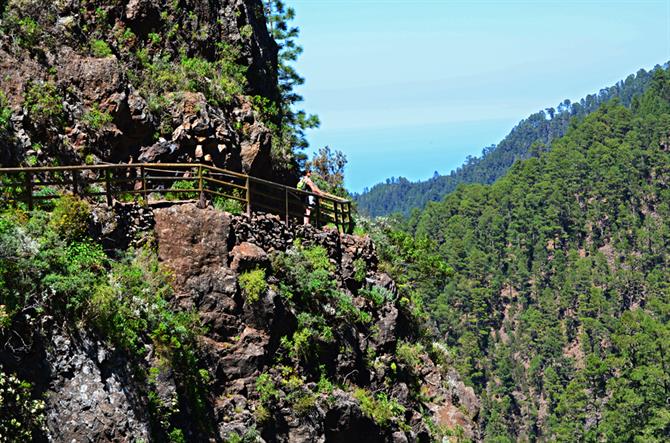
More accessible is the La Orotava Valley, above Puerto de la Cruz, whose beauty has been the cause of an epidemic of jaw-dropping since the days of Victorian travellers. The lower half of the valley has lost much of its natural charm since developers filled it with houses – mostly for locals rather than tourists. As you ascend the shovel-shaped valley towards the island's spine, the houses thin out to be replaced by pines until they stop altogether at Aguamansa. Aguamansa is the sort of place where travel on horseback is still common and the goat meat is so fresh you can hear it bleating in the fields behind the local restaurants.
From there it's you, the pine forest and views that haven't changed since explorers passed this way on mule trains. Paths traverse the island, cross to the southern coast or follow a pilgrims' trail to Candelaria on the east coast. If you like solitude avoid this one in August when the pilgrimage to honour the Virgen de Candelaria takes place.
The tasty Teno Mountains
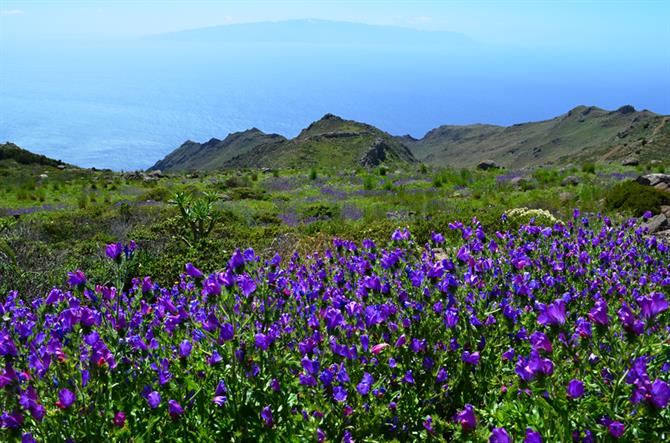
Many visitors will have visited the postcard setting of Masca; some walking through its ravine to catch a boat to take them back to Los Gigantes in time for a sunset drink. The Masca Barranco, outstanding though it is, has become too crowded with oversized walking groups. There are other picturesque hamlets perched on peaks at the head of wild ravines in the Teno Mountains. In some you can buy chunks of the most delicious goats' cheese flavoured by wild herbs.
Like the Anagas, walking in Teno exposes visitors to a taste of what Tenerife was like before mass tourism exploded onto the scene and changed the island and people's perceptions of it forever.
Coasting along
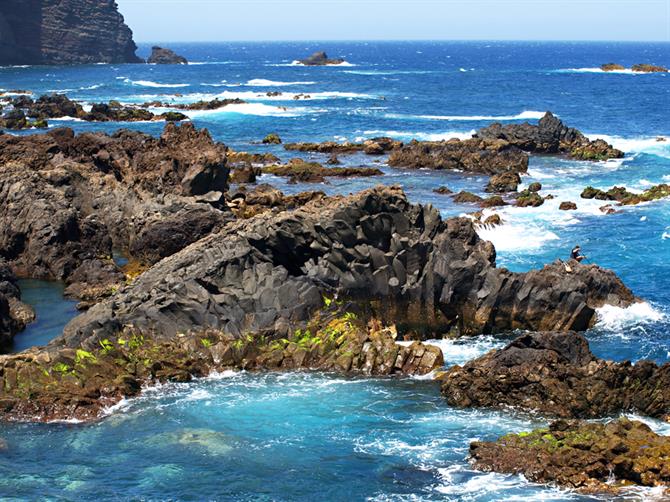
As well as linking villages in the hills, merchants' trails (camino real) linked coastal communities. The best trails are found along the north coast. Cobbled paths lead past derelict haciendas, old forts and coastal villages where locals sit outside restaurants with plates piled high with camarones (shrimps). They often skirt a coastline peppered with inviting rock pools to rival those at Garachico.
The south and east boast their fair share of good coastal walks as well. Costa del Silencio may be a purpose-built tourist area but the surreal coastline around Montaña Amarilla is more of a pleasant shock because of the resort bars and cafés you have to pass to get to it. El Médano is the place for long, dreamy strolls along some of the best beaches on the island whilst the malpaís at Güímar are volcanic badlands full of unexpected curios such as salt flats and military pillboxes.
It's this mix of wildly contrasting landscapes, snapshots of history and exposure to a rural existence that hasn't changed much in decades that makes walking on Tenerife such a unique and rewarding pleasure.
